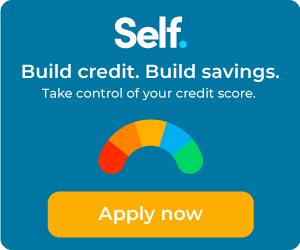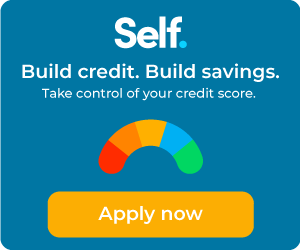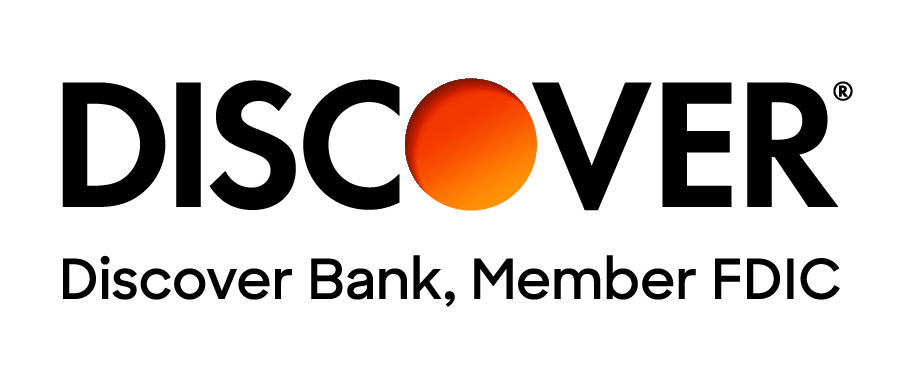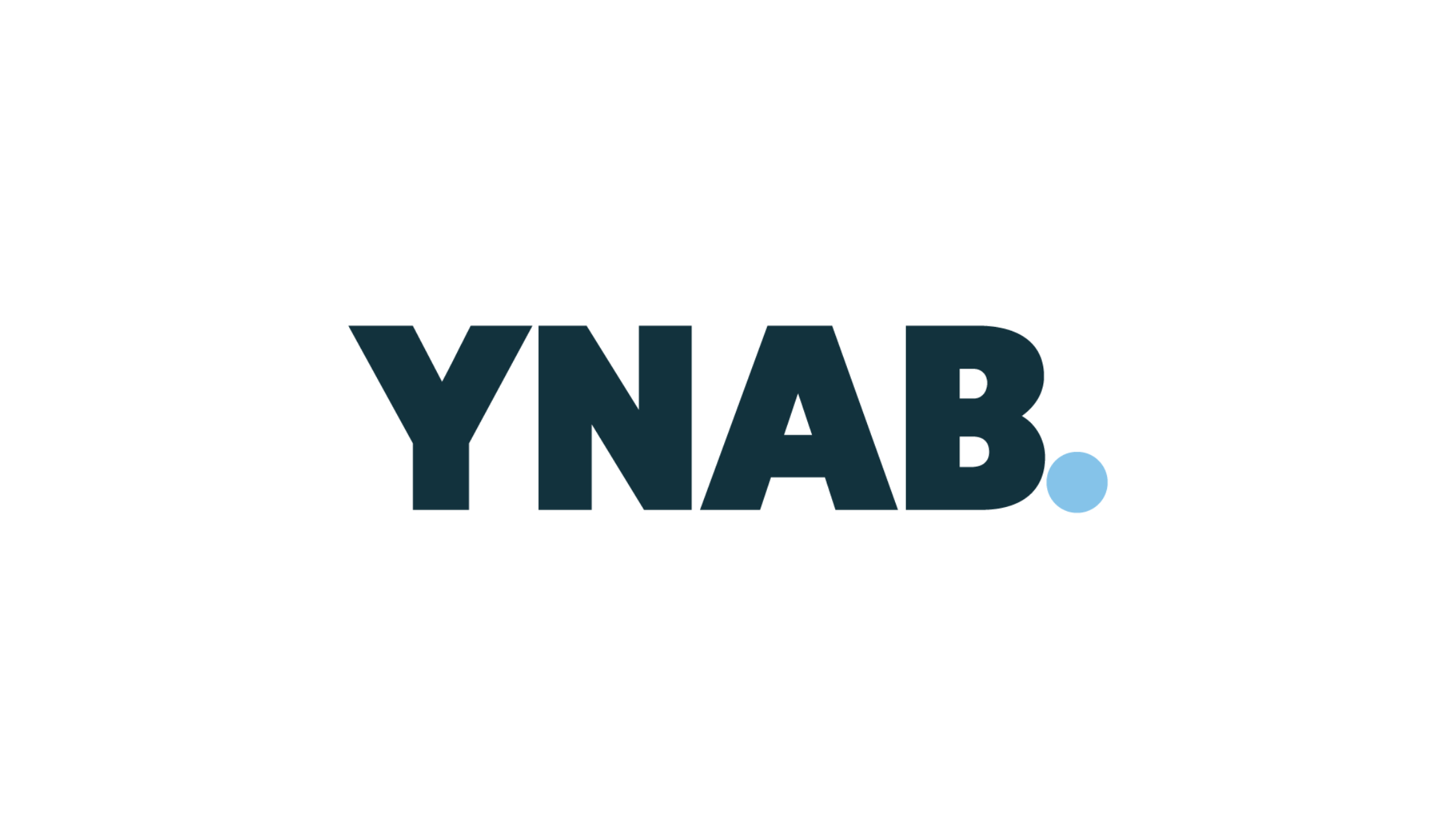Credit card debt can affect your quality of life by adding stress and limiting your financial freedom. It's easy to feel stuck when balances grow and interest piles up. However, with a clear plan and the right approach, managing and paying down your debt is entirely possible. By taking small, focused steps, you can regain control of your finances and reduce the impact on your day-to-day life.
1. Create a Budget That Works for You
The first step in paying down credit card debt is budgeting, and you can start by breaking your expenses into two main categories: needs and wants. Needs are the essentials like rent, groceries, utilities, and transportation. Wants, on the other hand, are things like dining out, streaming services, and other non-essential purchases. By separating these categories, you can see where your money is going and adjust.
Now that you know how you are spending it’s time to identify areas where you can cut back. You can use a budgeting app, a spreadsheet, or even a notebook—whatever is easiest for you. Write down everything you spend for a week or month, then look for patterns. Are there small expenses, like daily coffee runs, that add up quickly? Cutting back on some of these can help free up money for your credit card payments.
It’s important to set aside a fixed amount each month to go toward paying down your debt. Treat this like a mandatory bill—it’s non-negotiable. Even if it feels like a small amount at first, staying consistent will make a big difference over time. This approach will help you chip away at your credit card balances while also keeping control of your overall finances.
2. Prioritize Debt Using Proven Methods
When it comes to paying down credit card debt, using a clear strategy can make a big difference. Two popular methods, the Debt Avalanche and the Debt Snowball, can help you prioritize and pay off your debt effectively. Here’s how they work:
The Debt Avalanche Method
With the Debt Avalanche Method, you focus on paying off the credit card with the highest interest rate first while continuing to make minimum payments on your other cards. By tackling the highest interest balance first, you reduce the amount of interest you pay over time, which saves you money in the long run. This method works best if you’re motivated by maximizing your financial savings and are willing to stay consistent, even if it takes a bit of time to see major progress.
The Debt Snowball Method
The Debt Snowball Method is a bit different. Here, you focus on paying off your smallest debt first, regardless of the interest rate. Once that debt is paid off, you roll its payment into the next smallest debt, creating a “snowball” effect. While this method may not save as much money as the Avalanche, it provides quick wins as you clear smaller balances. These small victories can be a huge psychological boost, keeping you motivated to stick to your plan and tackle bigger debts as you go.
3. Negotiate Lower Interest Rates or Payment Plans
Another effective way to tackle your credit card debt is by negotiating directly with your credit card company. This may sound intimidating, but it’s easier than you think. Credit card companies often have programs to help customers who are struggling with payments, and a quick call could save you money in the long run. Here are some practical tips to get started:
Request a Lower Interest Rate
When you call, explain your situation clearly and politely. Be sure to mention if you’ve been a loyal customer or if you’ve been making your payments on time. Lower interest rates can save you a significant amount of money over time, making it easier to chip away at your balance. If your credit score has improved since you got the card, use that to your advantage as well when negotiating.
Look Into Balance Transfer Credit Cards
If your current credit card company isn’t willing to lower your rate, consider balance transfer credit cards. These typically offer a 0% APR for an introductory period, sometimes up to 18 months. This gives you the opportunity to pay down your debt without piling on extra interest. Just make sure you understand any transfer fees and commit to paying off as much as possible before the promotional period ends.
Consolidate Debt with a Personal Loan
Another option is consolidating your credit card debt with a personal loan. These loans often have lower fixed interest rates compared to credit cards, and having just one monthly payment can make managing your debt much simpler. However, keep in mind the pros and cons. While lower interest rates and a predictable payment schedule are great benefits, you’ll need good credit to qualify for the best terms, and taking on a personal loan could extend your repayment timeline.
4. Resist the Temptation to Add More Debt
One of the best ways to make progress on paying down your credit card debt is to avoid adding to it. Start by finding ways to steer clear of impulse purchases. For example, paying with cash or a debit card instead of credit can help limit your spending to what you actually have in your bank account. This simple change keeps you from borrowing more money and keeps your budget on track.
Another practical tip is to take a break from your credit cards entirely. You can freeze them—literally. Some people place their cards in a container of water and put it in the freezer to prevent easy access. If freezing them isn’t your style, consider hiding them in a hard-to-reach spot or even removing them from your wallet altogether. By creating that extra layer of difficulty, you’ll give yourself more time to think before making unnecessary purchases, helping you stick to your plan and resist temptation.
5. Seek Professional Help if Needed
Sometimes, paying down credit card debt might be more than you can handle, and that’s okay. If you’ve tried creating a budget, cutting unnecessary expenses, and making extra payments but still feel stuck, it might be time to reach out for professional help. Credit counseling agencies can guide you through the process by offering expert advice, creating a repayment plan, or even negotiating with your creditors to lower interest rates or fees.
If your debt feels unmanageable, you might consider debt consolidation or debt settlement as a last resort. Debt consolidation combines all your debts into one loan with a lower interest rate, making it easier to manage monthly payments. On the other hand, debt settlement involves negotiating with creditors to pay less than you owe, though it can have a significant effect on your credit score.
It’s important to keep in mind, asking for help doesn’t mean you’ve failed. It’s a smart and proactive step in taking control of your finances and working toward a debt-free future.








